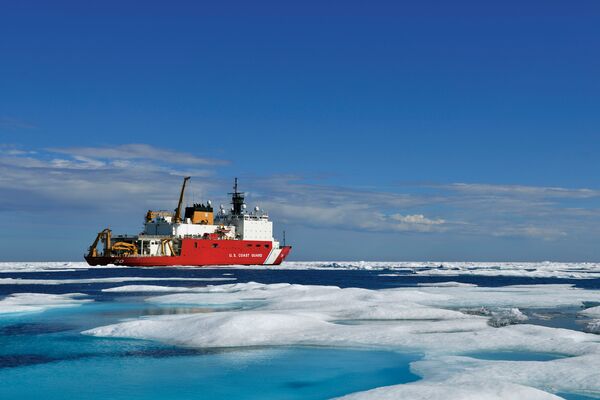
The US Coast Guard is trying innovative approaches to overcome communication hurdles in the Arctic and other higher-latitude locations. (US Coast Guard)
To help overcome communication challenges in the Arctic and other Alaskan regions, the US Coast Guard (USCG) is trying to strengthen existing partnerships, while continuing to emphasise to mariners the need to carry multiple means of communication, according to Captain Darwin Jensen, commander of Coast Guard Sector Juneau.
“Since 2019 the coastguard has been working to upgrade our VHF [very high frequency] communications infrastructure throughout Alaska,” Lieutenant Commander Scott McCann told Janes.
“Since that time, many of the issues that were impacting the VHF towers throughout the region have been resolved,” Lt Cdr McCann said. “While this has increased the reliability of the system, there are still some areas where the rugged terrain prevents us from achieving 100% coverage. With that in mind, we highly encourage mariners to file float plans with responsible people and to carry alternate forms of communication with them, such as cell phones, satellite phones, EPIRBs [Emergency Position Indicating Radio Beacons], PLBs [Personal Locator Beacons], and satellite messengers, etc, in case of an emergency. Mariners are also encouraged to report signs of distress and call for assistance to the coastguard through the respective command centres via phone.”
While the USCG has tried to build and maintain a sufficient network of communications towers in the region, the environment has proved too brutal to retain such a system, Capt Jensen told Janes.
Oftentimes, snow, ice, and other elements render the towers incapable, USCG officials said. The towers would wind up knocked down.
“We put up towers, but a lot fell,” Capt Jensen said. “That's been one of the challenges.”
Looking to read the full article?
Gain unlimited access to Janes news and more...







